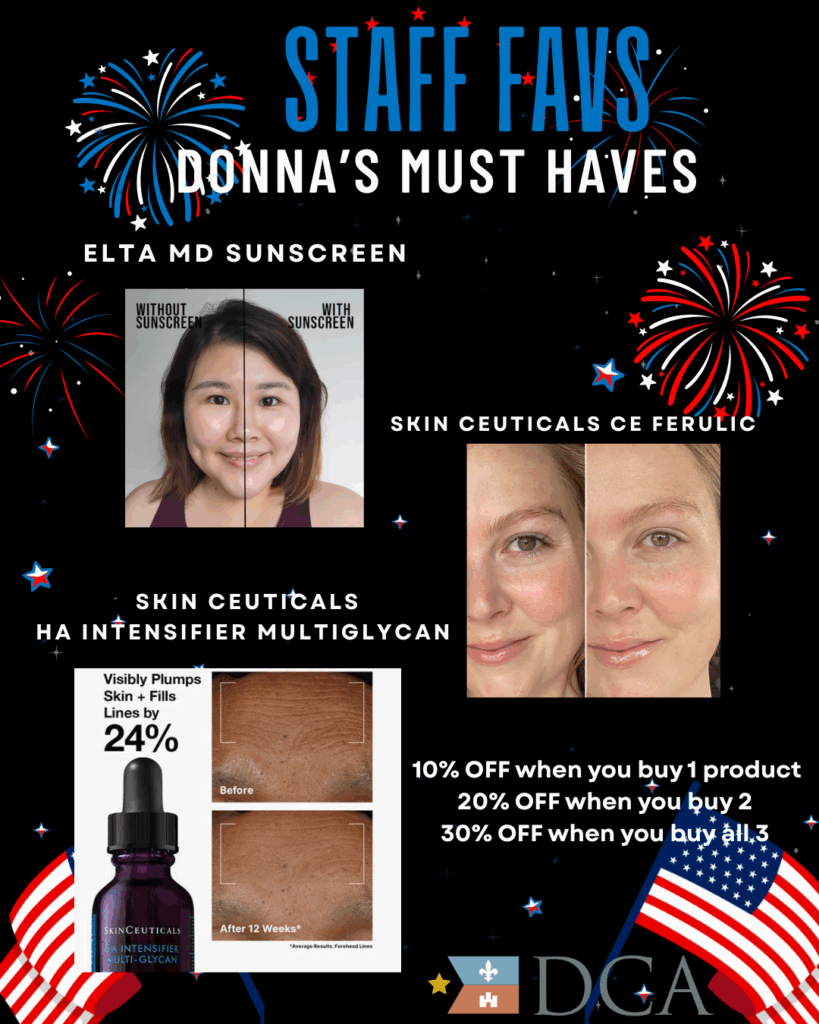Dermatologists have always known that sun damage is very hard on the skin, but a recent study breaks down just how much.
UV exposure seems to be responsible for 80% of visible facial aging signs.” – US National Library of Medicine
According to the study a face can be aged an extra three years in appearance by just a two percent increase in sun damage. These differences become more evident over time, as the effects of sun damage start to add up and become more apparent.
Appearance is not the only concern with sun damage. The sun can cause a host of different problems, including skin cancer, pigmentation issues and reduction of skin elasticity.
The list of potential problems from unprotected skin exposure is long, and that’s why we suggest using a high quality 30 SPF+ susncreen every day. Here’s some of the potential problems that can arise as a result of too much unprotected sun expsoure:
While it is not impossible to undo sun damage after it has been done, it is much harder than preventing it in the first place. If you don’t already have a daily skin care regimen make sure to start one. Here are the most important things for a daily skin care regimen:
While there are more ways you can improve your skin care routine, those will give you a solid foundation.
If you already have noticeable skin damage that also means your skin is damaged underneath the top layers of skin. It is still possible to start turning things around and making your skin better. If you have sun damage you want to get treated you should schedule an appointment with a board certified dermatologist so they can evaluate what the best treatment will be for your skin type, sun damage and goals.
An appointment with a board certified dermatologist at Dermatology Center of Acadiana can help you find out what the best options for treating your skin for sun damage would be for your skin type and specific situation.
